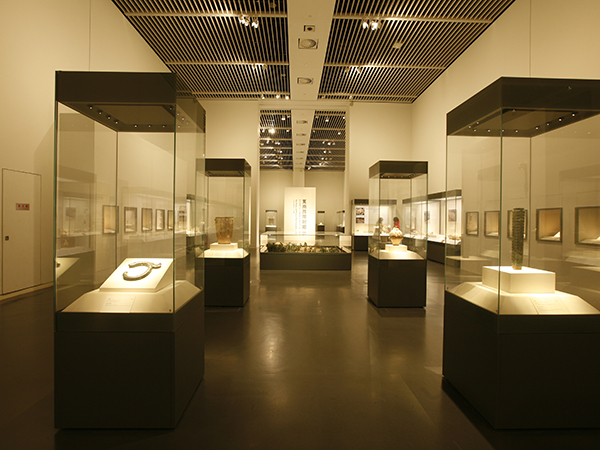Sealing Requirements for Museum Display Cases: a Microenvironmental Barrier to Protect Cultural Heri
08/04/2025
3565
- Industry News
& nbsp; As the core carrier of cultural relics preservation and display, the sealing performance of museum display cabinet is directly related to the safety and life of cultural relics. In the complex and changeable natural environment, sealing is like building a "micro-environmental barrier" for cultural relics, isolating external pollution, temperature and humidity fluctuations and harmful light, providing a stable and safe preservation space for precious cultural heritage. From the four dimensions of material, structure, detection and environmental control, Huabo Art Exhibition systematically analyses the core requirements of the sealing of museum display cabinets. & nbsp; 1. Material selection: the basis for building high tightness: the tightness of the display cabinet first depends on the scientific selection of materials. The sealant strip shall be made of anti-aging and highly elastic silicone material, such as "O-type" silicone tube, whose tensile strength shall be ≥ 7.0 MPa and hardness shall be controlled within HA60 ± 5 to ensure no deformation under long-term pressure. Neutral ring sealant shall be used at the joint between glass and metal, which not only has high viscosity (7500-10000PS) and heat resistance (melting point & gt; 150 ℃), but also ensures that there is no acid volatile, so as to avoid secondary damage to cultural relics. The display cabinet plate should be made of inert materials to prevent chemical reactions with cultural relics and ensure the purity of the sealed environment from the source.

& nbsp; 4. Environmental control linkage: coordination of sealing and constant humidity and temperature system: sealing is the premise of micro-environment control of display cabinet. For display cabinets equipped with constant temperature and humidity system, high air tightness can significantly reduce the energy consumption of the system and ensure the accuracy of temperature and humidity control. Temperature and humidity sensors and air purification devices should be installed inside the display cabinet to isolate external interference through the sealing structure and realize the "self-circulation" of the internal environment. For example, the use of silica gel and other hygroscopic materials to build a buffer layer, with intelligent control system, can dynamically balance the humidity of display cabinets, avoid mildew of paper cultural relics, oxidation of metal cultural relics and other issues. & nbsp; Conclusion: Sealing — — the invisible line of defense for the protection of cultural relics: In the field of cultural heritage protection, sealing is the "lifeline" of museum display cabinets. From material to structure, from detection to environmental linkage, multi-dimensional sealing requires the construction of a micro-fortress for the safety of cultural relics. With the progress of cultural relics protection technology, the future display cabinet sealing will combine intelligent monitoring, nanomaterials and other new technologies to create a more stable "time capsule" for cultural relics, so that human civilization can cross the millennium and inherit forever. & nbsp; & nbsp; Huabo Art Exhibition has been deeply engaged in the design, customization, production and installation of exhibition cabinets for more than ten years, creating quality with ingenuity and leading the future with innovation. We focus on providing one-stop display cabinet solutions
for museums, art galleries, memorials, art galleries, science and technology museums, history museums, memorials and other cultural institutions.
